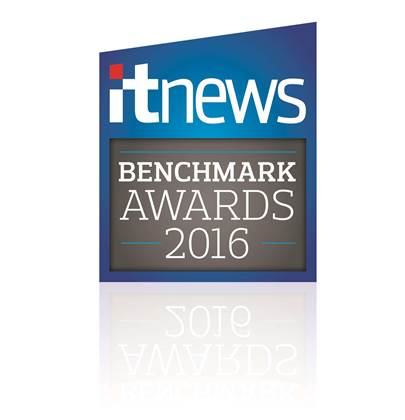Finalists in this year's finance and legal category have been grappling with a common issue: how to tackle legacy infrastructure.

It's a problem the big four banks have struggled with for decades. How can you be nimble and agile when you're dragging an elephant along behind you?
Our top three this year made the gutsy choice when it comes to ageing IT: get rid of it.
All three recognised that to offer the greatest services to their customers, their back-end systems have to be as modern as their front end.
Please join us in congratulating:
 |
Richard Holmes - Westpac Integrated migration and transformation program To achieve its goal of becoming a customer service leader, Westpac needed the back end to support its vision for the front end. Four years ago it set itself the challenge of getting out of 12 data centres and 6000 servers of varying quality, and consolidating to just two Fujitsu facilities while shifting into a private cloud. The massive simplification has reduced its server costs by half, dramatically reduced its physical infrastructure footprint, and significantly slimmed the amount of time taken to provision new servers. And the bank managed to deliver the project within the dedicated timeframe and budget. |
 |
Darren Oliver - Herron Todd White Project HAWK Property firms aren't generally lauded for their technological innovation, but Darren Oliver's team has demonstrated an admirable case of thinking outside the box. Lumped with an ageing Lotus Notes workflow management solution, they decided that rather than opt for another off-the-shelf solution, HTW would build its own, in what the firm says is its biggest project in a 45-year history. Using a mix of Linux, Ember, Ruby on Rails, OpenStack and Google technologies, Oliver and his team built a web-based business application that has delivered a huge reduction in the time needed for valuation processing, while allowing staff to work from anywhere, anytime. |
 |
Colin Turner - ANZ Bank Common decision platform The introduction of comprehensive credit reporting obligations last year forced ANZ to take a long hard look at its existing systems. It found seven disparate applications aligned with individual products which made accessing information on existing customers very difficult. With the knowledge that positive credit reporting wouldn't be too far away, ANZ took a chance on the then-unknown PowerCurve technology, consolidating its seven existing systems into one platform that would provide a single credit decision capability across its retail portfolio, and also prepare the bank for positive credit reporting. The bank can now also offer much faster - and more automated - credit card system approvals, without the need for as much human intervention. |
Voting will now commence for members of the iTnews LinkedIn CIO Group. If you're a CIO but not a member, head on over and request to join today.
Winners will be announced at the 8th CIO Strategy Summit on February 17 at the Grand Hyatt Melbourne.



_(20).jpg&h=140&w=231&c=1&s=0)
_(22).jpg&h=140&w=231&c=1&s=0)




_(26).jpg&w=100&c=1&s=0)

 iTnews Executive Retreat - Security Leaders Edition
iTnews Executive Retreat - Security Leaders Edition












_(1).jpg&h=140&w=231&c=1&s=0)



